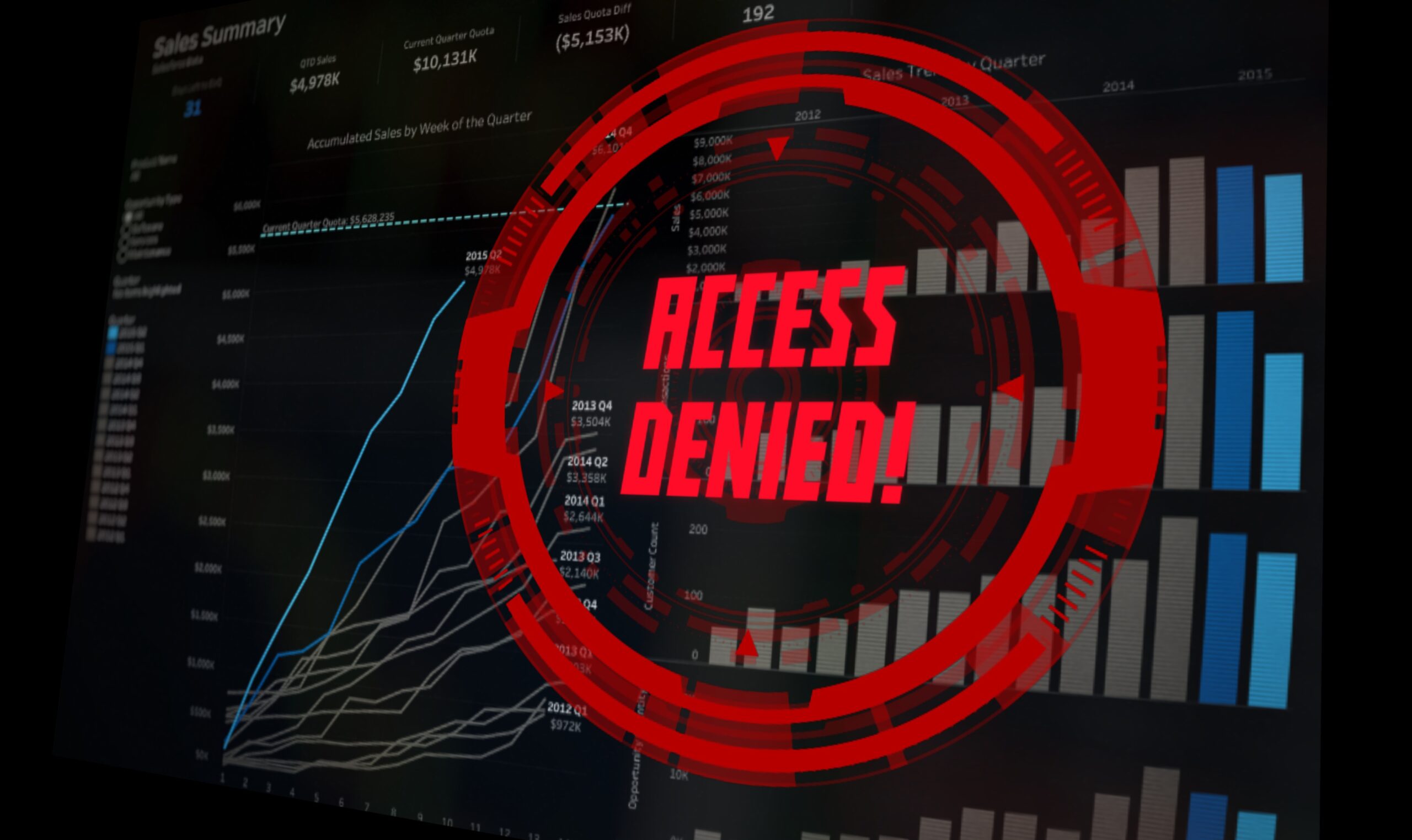Departmental CDIO says shift away from old technology ‘needs to be done very, very carefully’
Moving away from decades-old IT systems will take the Department for Work and Pensions “many years”, according to the organisation’s top technologist.
Giving evidence this week to the House of Commons Science and Technology Committee, the DWP’s interim chief digital and information officer Simon McKinnon said that “a large part of our core delivery is operating through our legacy systems, but we are incrementally moving towards digitalisation”.
Work to upgrade the tech platforms that support the operation of the UK’s state pension was cited as an example of the DWP’s gradual approach to IT renewal.
“The state pension is run through a 30-year old system, but we have [rebuilt] parts of it – the ‘Check your state pension’ [service] has 12.5 million page views in the last year,” he said. “We also have something called ‘Get your state pension’ – which allows for people to ask for their state pension to be started. Through building those incremental replacements, we will get to a point where the legacy systems are no longer necessary.”
Related content
- DWP digital chief picks AI, data sharing, and digital identity as 2019 priorities
- ‘It can really bring to life the work we do’ – how the DWP got social media savvy
- DWP awards £11.4m software contract as part of legacy-migration scheme
He added: “But those legacy systems are very critical to what we deliver, and the move away from them needs to be done very, very carefully. It is going to take many years, but it is our ambition to move off them in due course.”
McKinnon said there is no definitive timescale or overarching plan to replace all legacy systems, but rather the DWP will “prioritise them on the basis on where we think the need is going to be most important”.
The tech chief said the department would use a mix of techniques to move away from ageing tech: in some cases it will build and run new systems in parallel and move data and applications across gradually, while in others it will take a more wholesale approach.
“I think it is horses for courses,” he told MPs. “In some situations, we will increment away from them. So, if I take the state pension world, we are in a position that, by the end of this year, we will be running cases in a parallel solution to the legacy systems. And we will then move cases across incrementally to the new system in due course. But in other instances – Universal Credit is the classic example – we have built a brand-new solution, which will remove the need for some of the legacy systems we run.”
McKinnon also denied that there had been any significant resistance to the modernising the DWP’s IT systems, and that the department had always been “very keen to do so”.
“It provides a better experience for customers, it reduces our operational costs, and enables us to enact policy in a much easier way,” he said. “We would like to move away from legacy systems, [but] we have 11 old mainframe systems that we run on, and we are protecting those. So, we are modernising the hardware and software on which they run – to give them a longer life – but, in due course, we would like to replace them with digital solutions, because they are more effective.”



